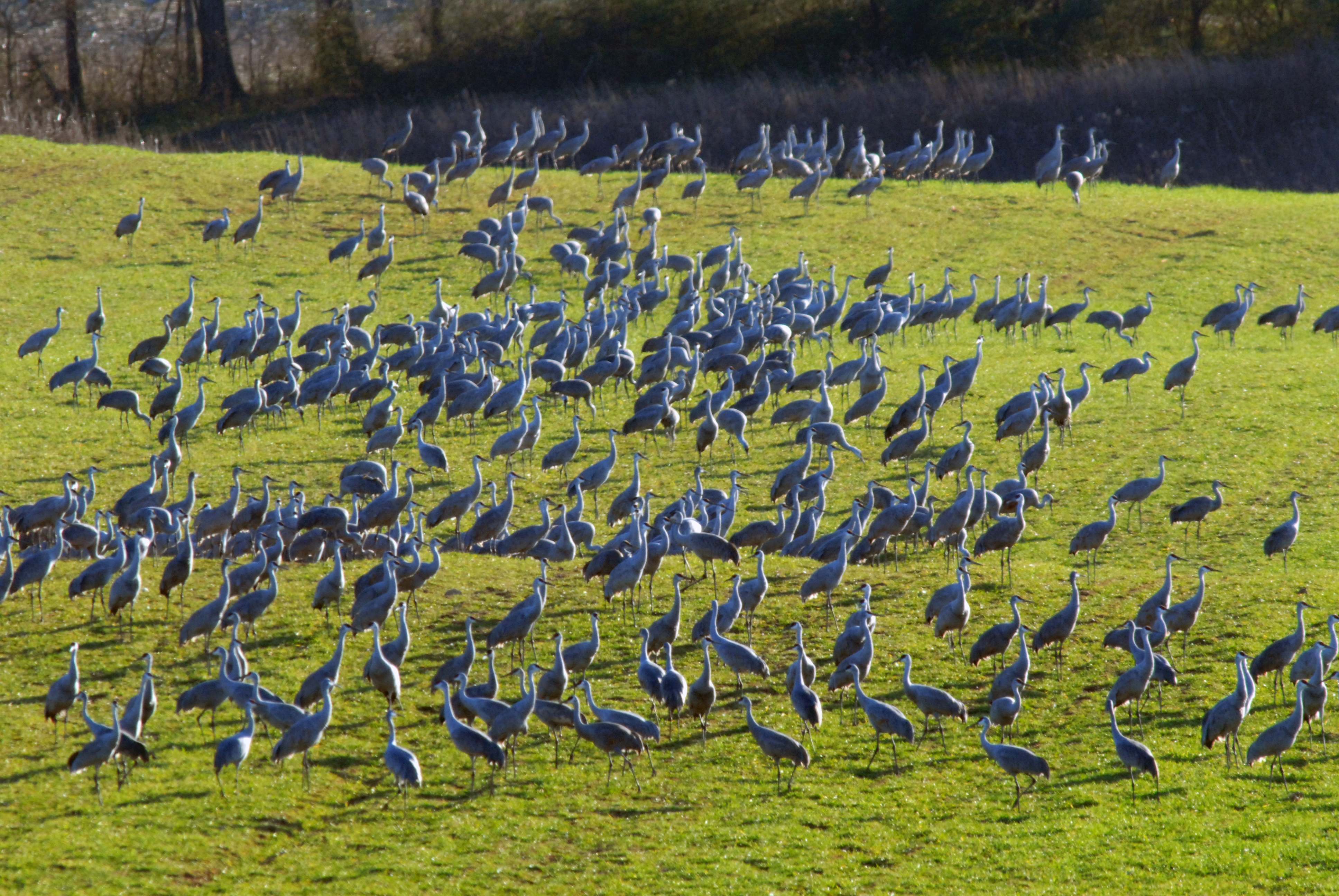![24 G05859 Quantum Network Illustration mh2]() Oak Ridge National Laboratory collaborated with commercial utility EPB and the University of Tennessee Chattanooga to develop and test the first transmission of an entangled quantum signal using multiple wavelength channels and automatic polarization stabilization over a commercial network with no downtime. Morgan Manning/ORNL, U.S. Dept. of Energy
Oak Ridge National Laboratory collaborated with commercial utility EPB and the University of Tennessee Chattanooga to develop and test the first transmission of an entangled quantum signal using multiple wavelength channels and automatic polarization stabilization over a commercial network with no downtime. Morgan Manning/ORNL, U.S. Dept. of Energy
OAK RIDGE — Researchers at the Department of Energy’s Oak Ridge National Laboratory joined forces with EPB of Chattanooga and the University of Tennessee at Chattanooga to demonstrate the first transmission of an entangled quantum signal using multiple wavelength channels and automatic polarization stabilization over a commercial network with no downtime.
The successful trial of this innovation marks another step toward the eventual creation of a quantum internet that could prove to be more capable and secure than existing networks.
Quantum computing relies on quantum bits, or qubits, to store information. Qubits, unlike the binary bits used in classical computing, can exist in more than one state simultaneously via quantum superposition, which allows combinations of physical values to be encoded on a single object.
The demonstration used automatic polarization compensation, or APC, to stabilize the polarization, or direction of the electric field oscillation in a light wave, of a signal sent over the EPB’s fiber-optic commercial quantum network. The approach used reference signals generated by lasers to continuously check the transmitted polarization, detected with an ultrasensitive method known as heterodyne detection.
APCs reduce data interference caused by outside forces like wind and temperature changes that can affect the fiber optic cables used to transmit quantum signals.
“One of our goals all along has been to develop quantum communications systems that operate seamlessly for users,” said Joseph Chapman, an ORNL quantum research scientist who led the study. “This is the first demonstration of this method, which enabled relatively fast stabilization while preserving the quantum signals, all with 100 percent uptime — meaning the people at either end of this transmission won’t notice any interruption in the signal and don’t need to coordinate scheduled downtime.”
The method enabled continuous transmission of the signals with no interruptions for more than 30 hours between the node on the University of Tennessee Chattanooga campus and two other EPB quantum network nodes, each about half a mile away. The UTC node held an entangled-photon source developed by Muneer Alshowkan, an ORNL quantum research scientist.
![24 G05859 Quantum Network Aerial mh2]() The quantum network technology using automatic polarization compensation developed by ORNL was demonstrated in Chattanooga, Tennessee. The test utilized EPB’s fiber-optic commercial quantum network and involved the University of Tennessee Chattanooga and industry partner Qubitekk. Joe Chapman, Morgan Manning/ORNL, U.S. Dept. of Energy
The quantum network technology using automatic polarization compensation developed by ORNL was demonstrated in Chattanooga, Tennessee. The test utilized EPB’s fiber-optic commercial quantum network and involved the University of Tennessee Chattanooga and industry partner Qubitekk. Joe Chapman, Morgan Manning/ORNL, U.S. Dept. of Energy



















